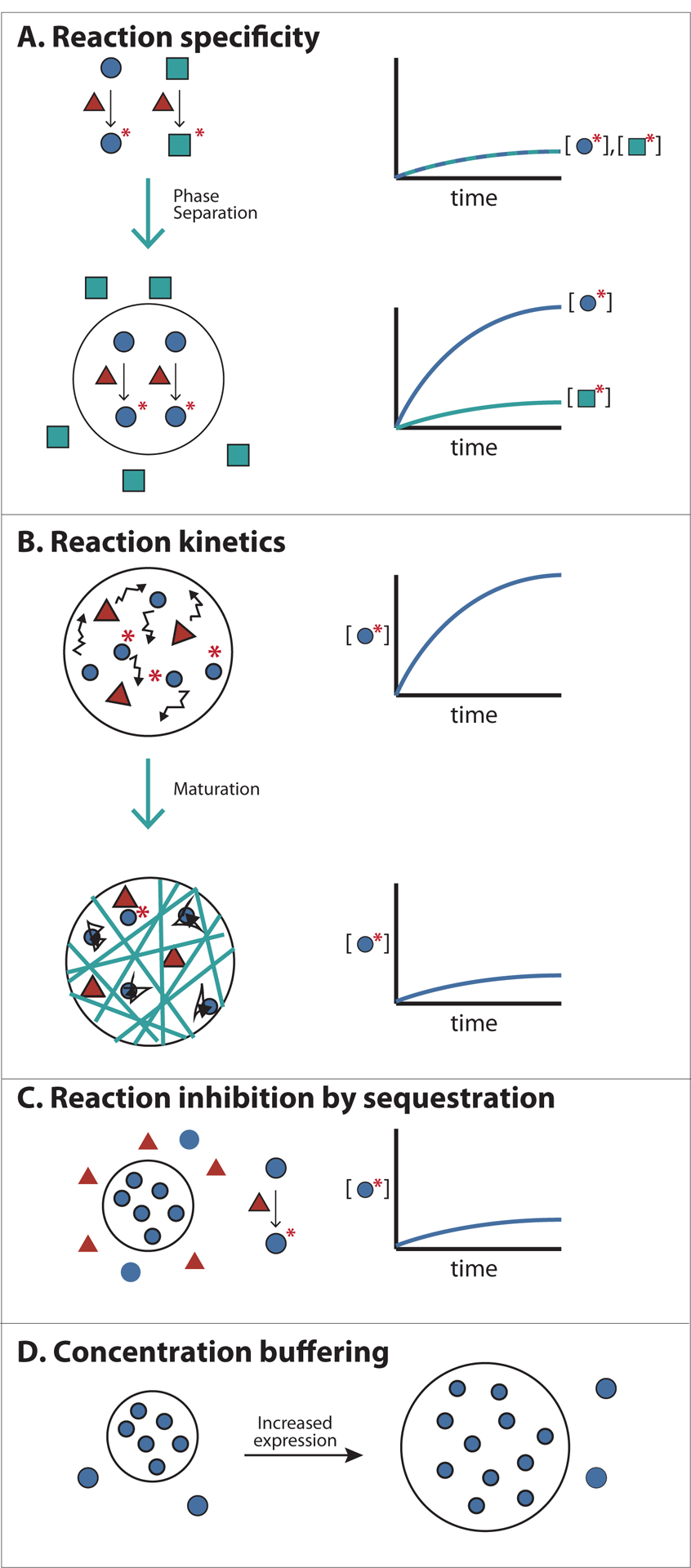Figure 5. Functional consequences of forming Biomolecular Condensates.

A) Concentrating reactants inside Condensates can increase reaction kinetics and specificity. An enzyme with two alternative substrates is shown. Colocalizing the enzyme with one of its substrates within the condensed phase (black circle) accelerates rates of reaction with that substrate. Additionally, excluding the substrate of an alternative pathway can direct a specific reaction to occur inside Condensates.
B) Changes in the physical properties of cellular bodies can affect the kinetics of reactions. For example, increased viscosity of cellular bodies by fibre formation (or other mechanisms of maturation, see text), may slow diffusion of molecules, decreasing reaction kinetics.
C) Sequestering molecules inside Condensates can prevent reactions involving partners present in the bulk phase. This could control substrate flux through various pathways.
D) The concentration of essential Condensates components in the bulk phase is clamped at the phase separation threshold (defined by the solubility limit of the molecule). Thus the concentration of these components in the bulk phase can be maintained despite fluctuations in expression or degradation.
